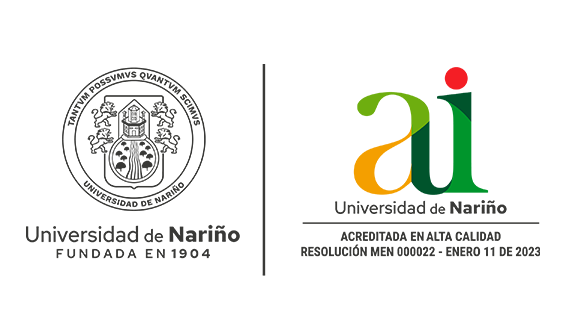Globally there is a considerable increase in investment in the education sector and prioritization of innovation in education through ICT. On the other hand, it is necessary to integrate these elements of mobile learning (m-Learning), educational microcontent and Web resources into the educational curriculum. In this sense, UNESCO published a guideline document, aimed at policymakers, with the purpose of helping to understand what mobile learning is and how it can be used to improve education.
Potential benefits of these technologies include expanding the reach and equity of education, facilitating personalized learning, providing immediate feedback and assessment, enabling anytime, anywhere learning, ensuring more productive use of time we spend in class (flipped classroom), create new communities of learners, among others.
We should begin to think about curriculum pathways for including m-Learning in its conception and development. Learning in mobile scenarios is not only using the devices, but also carrying out a methodological adaptation, that is, going one step further. A step forward called ubiquitous learning or simply u-learning, which represents the maturity of virtual learning, the final meeting point between education and ICT.
- Docente: Jesus Insuasti
